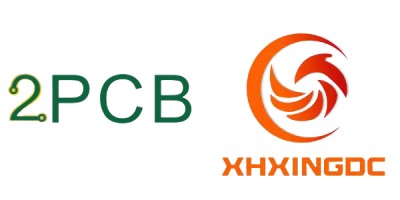PCB industry chain
The PCB industry chain from top to bottom is: upstream raw materials – midstream manufacturing – downstream PCB applications
upstream raw materials
Upstream raw materials include copper foil, resin, glass fiber cloth, wood pulp, ink, copper balls, etc. Among them, copper foil, resin and glass fiber cloth are the three main raw materials.
Copper foil is the most important raw material for manufacturing copper-clad laminates, accounting for about 30% (thick plates) and 50% (thin plates) of the cost of copper-clad laminates. The price of copper foil depends on the price changes of copper and is greatly affected by international copper prices. Copper foil is a cathode electrolytic material that is deposited on the base layer of the circuit board. As the conductor of the PCB, it plays a role in conduction and heat dissipation in the PCB.
Fiberglass cloth is the second largest raw material for copper-clad laminates. It is woven from fiberglass yarn and plays a role in increasing strength and insulation in copper-clad laminates. It accounts for about 25% to 40% of the cost of copper-clad laminates.
Synthetic resin is also an important raw material for copper-clad laminates. It has good mechanical properties, electrical properties and bonding properties. It plays a bonding role in copper-clad laminates and accounts for about 15% of the cost of copper-clad laminates.
Midstream manufacturing
Midstream base material copper clad laminate (CCL)
Copper Clad Laminate (CCL) is the upstream core material of PCB manufacturing. It is a board made by impregnating electronic fiberglass cloth or other reinforcing materials with resin, covering one or both sides with copper foil and hot pressing. Shape material, responsible for (PCB) three major functions of conduction, insulation, and support. Copper clad laminate accounts for 20% to 40% of the entire PCB production cost, accounting for the highest proportion of all PCB material costs, and has a strong interdependence with PCB.
Downstream applications
A distinctive feature of PCB is its wide coverage of downstream application fields, covering industries such as computers, communications, consumer electronics, industrial control and medical care, military, semiconductors and automobiles, involving almost all electronic information products. Among them, computers, communications and consumer electronics are the three main application areas, accounting for about 70% of the output value of the PCB industry.
At present, PCB is ushering in a boom period for the industry. With the advent of the 5G era, major changes will occur in the fields of communications, consumer electronics, and automotive electronics, thus driving the development of the corresponding PCB industry.
Communication field: 5G base stations are characterized by high frequency and high speed, which requires the use of millimeter wave bands with higher frequency and wider bandwidth. However, millimeter wave signals are seriously attenuated and the transmission distance is short. The problem can only be solved by increasing the number of base stations. According to CCID Consulting’s forecast, the number of 5G macro base stations in 2026 will be approximately 4.75 million, and the number of small base stations will be twice the number of macro base stations, or 9.5 million. The total number of macro base stations and small base stations will exceed 14 million. Such a large number of base stations will bring broad market space to PCB.
Consumer electronics field: Benefiting from the arrival of 5G, the mobile phone market will usher in a wave of replacements. Canalys predicts that global 5G mobile phone shipments will reach 1.9 billion units in the next five years, with a compound annual growth rate of 179.9%. Mobile phone PCB will usher in a period of rapid development.
Automotive electronics field: Benefiting from the high transmission rate and low latency characteristics of 5G, directions such as autonomous driving and smart cars will develop rapidly, and the demand for automotive PCBs will increase.

